This spring, to coincide with Women’s History Month, sportswear giant Adidas launched the Watch Us Move campaign, a celebration of women in fitness. The all-star cast featured athletes and trainers across sports—“from deadlifting to dance”—representing different shapes, sizes, and walks of life. Meanwhile, as part of their Move With Us series, Adidas shared workouts and stories from industry leaders like the body-positive advocate and yoga teacher Jessamyn Stanley and three-time World Champion and Paralympic Medalist Denise Schindler. The campaign was a welcome example of inclusive marketing done right.
Although the movement toward better representation in advertising and visual marketing has been brewing for years, the fitness industry has occasionally missed the mark when it comes to inclusivity. About four years ago, researchers found that looking at “fitspiration” photos on Instagram was linked to higher levels of body dissatisfaction and a greater drive for thinness. An earlier study suggested that women were less satisfied with their bodies after looking at fitness images on Instagram, as compared to women who looked at travel photos.
For too long, photos related to fitness and wellness centered on the stories of people who fit a specific mold (often, young, thin, non-disabled, white, cisgender people), while excluding others. Luckily, the tides are turning. For instance, the “Every Body Happy” campaign by Blink Fitness champions real gym members, showing that there’s no one way to embody fitness and proving that “the best body is your body.” To coincide with the campaign, Blink commissioned a survey that revealed that 82% of Americans say it’s more important to feel good than to look good.
In 2017, Athleta also made waves by launching a catalog featuring real bodies, including a model with Down Syndrome and a 98-year-old yoga teacher. Then, just this year, the brand announced that 70% of their collection would offer more inclusive sizing, while also introducing mandatory size-inclusive training for all store employees. Meanwhile, in 2020, when the fitness clothing company Gymshark posted a photo on Instagram, featuring body confidence influencer Nelly London in her workout gear, they racked up a record number of likes.
In 2021, fitness and wellness shoots look different than they did just five years ago, as brands look to represent their real-world customers. When planning your shoots for Licensing, remember to collaborate with people from all walks of life, honoring their stories and experiences. Take an inclusive approach. You can do this by tapping into your local community, enlisting the help of family, friends, and friends of friends. Ask your models about what fitness means to them, and think of ways to illustrate that. Choosing an activity they do every day will also result in more natural, relatable images.
In May, the Creative Insights team at Getty Images named “Post-Pandemic Physical Wellness” as one of their top trends in commercial photography. Like forward-thinking fitness brands, visual culture has started to prioritize “feeling good” over simply “looking good.” When casting, include people of all genders, body types, and ages.
Although research from Getty Images shows that Boomers are 40% more likely than Gen Z to say they are mindful and intentional in their choices, seniors are still underrepresented in commercial photography. When they are portrayed, they’re often shown alone or in a medical context. At the same time, customer search terms like “active seniors”, “seniors exercising”, and “healthy seniors” continue to trend on Getty Images, underscoring the demand for visuals that break down tired stereotypes. When photographing physical fitness, brainstorm ways to depict the real-world stories of people of all generations.
While fitness photoshoots might once have featured exclusive yoga classes at spa resorts or pricey gym memberships, fitness visuals must feel more accessible to resonate today. Fitness-themed lifestyle photography doesn’t necessarily take place in the gym or the yoga studio; you can organize shoots from home, at your local hiking trail, or park. Maybe you set up a session around the theme of virtual workouts, or you photograph everyday activities like gardening or walking that can enhance our wellbeing.
The team at Getty Images cites a 2020 study from VICE Media that found that people are more concerned than ever about their mental, emotional, and physical health. While 52% of young people said they will spend more time on physical fitness after COVID-19, and 20% said they will spend more money on physical fitness post-pandemic, VICE noted that for many, that didn’t necessarily mean going to the gym. 47% said they’d use their at-home workout routines, while 64% said they’d go on walks and runs; 38% planned to go for bike rides, and 35% said they’d go hiking post-COVID.
A year ago, a survey from the online broker TD Ameritrade found that 59% of Americans say they don’t plan on renewing their gym memberships after the pandemic, with the top reason (as cited by 56% of respondents) being that the pandemic had inspired them to find “more affordable” ways of exercising. Meanwhile, in Australia, people flocked to green spaces this summer, with surveys finding that citizens took to local parks for walking, running, and cycling. From free fitness apps to outdoor activities for all, the last year has served as a powerful reminder that wellness doesn’t have to have a price tag.
“Consider the different ways people may stay active beyond the cliches,” the 500px team urges. “This could be dancing, stretching, hiking, biking, doing yard work, and more. Try to capture physical health as a process.” It doesn’t have to be the standard photoshoot of chiseled models lifting weights. Instead of highlighting only the picture-perfect bodies of yesteryear, celebrate the journey, and capture the joy we can all derive from our daily activities.
As with all photos you upload to your Licensing portfolio, beware of branded details. Elements like brand logos (e.g., the Adidas three stripe or the Nike swoosh) are copyrighted, so keep your wardrobe choices generic to avoid them or edit out any trademarked details in post-processing. When keywording photos of people, you can incorporate trending topics like “wellness” or “body positivity.” Also, consider asking your team for input and ideas. “Asking your models to describe how they feel when they’re engaging in different activities can be a great way to capture authentic keywords you may not think of,” the 500px team tells us.
Not on 500px yet? Click here to learn about Licensing with 500px.




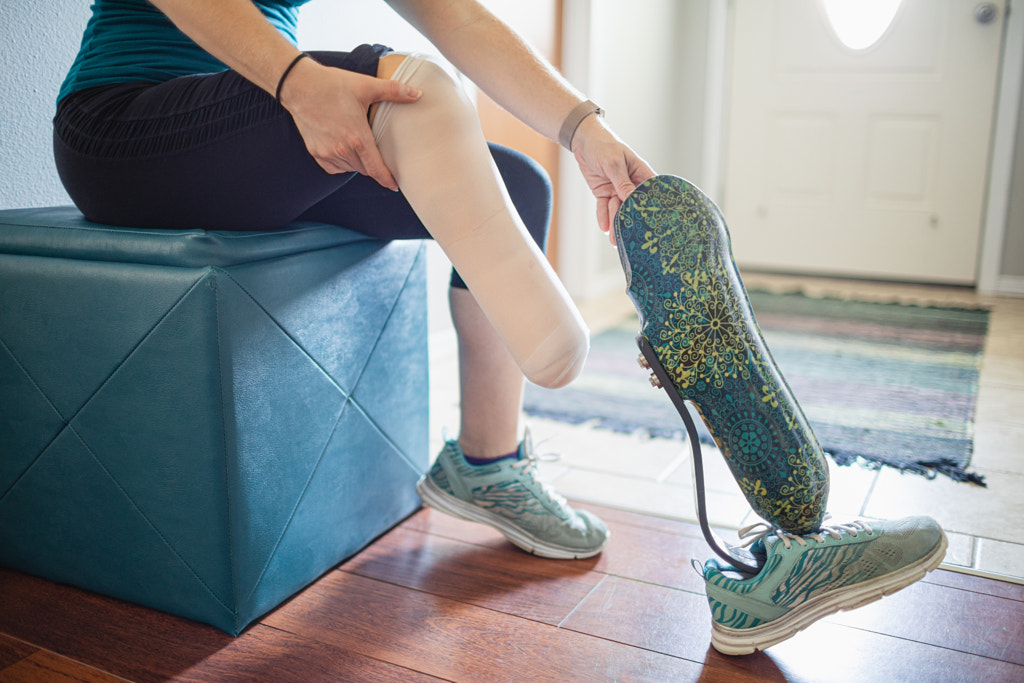
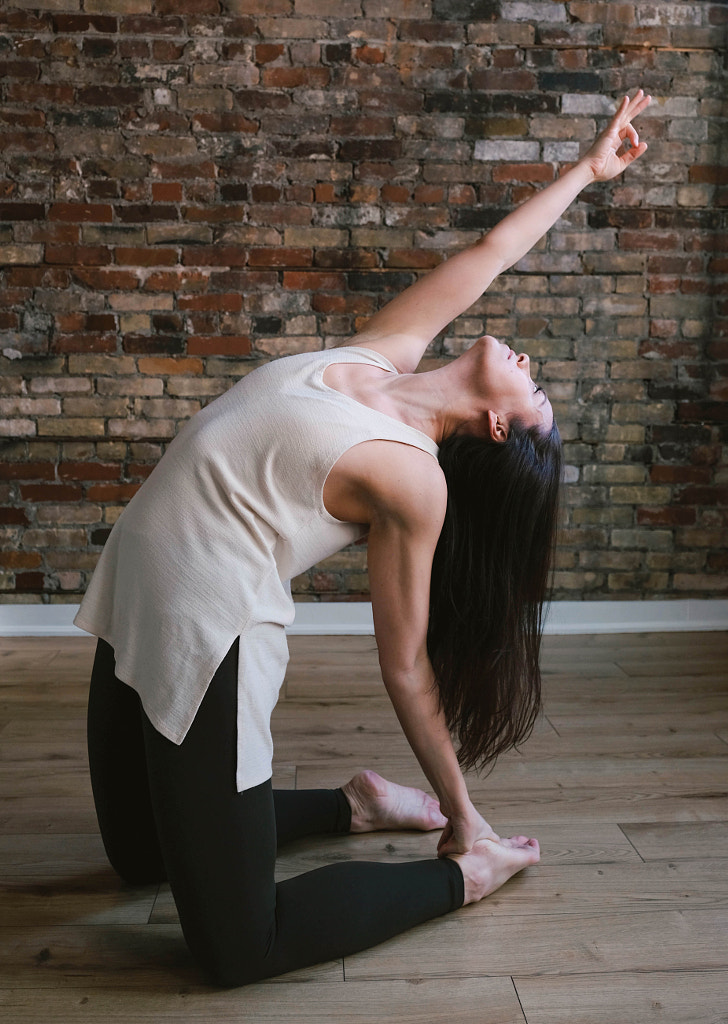

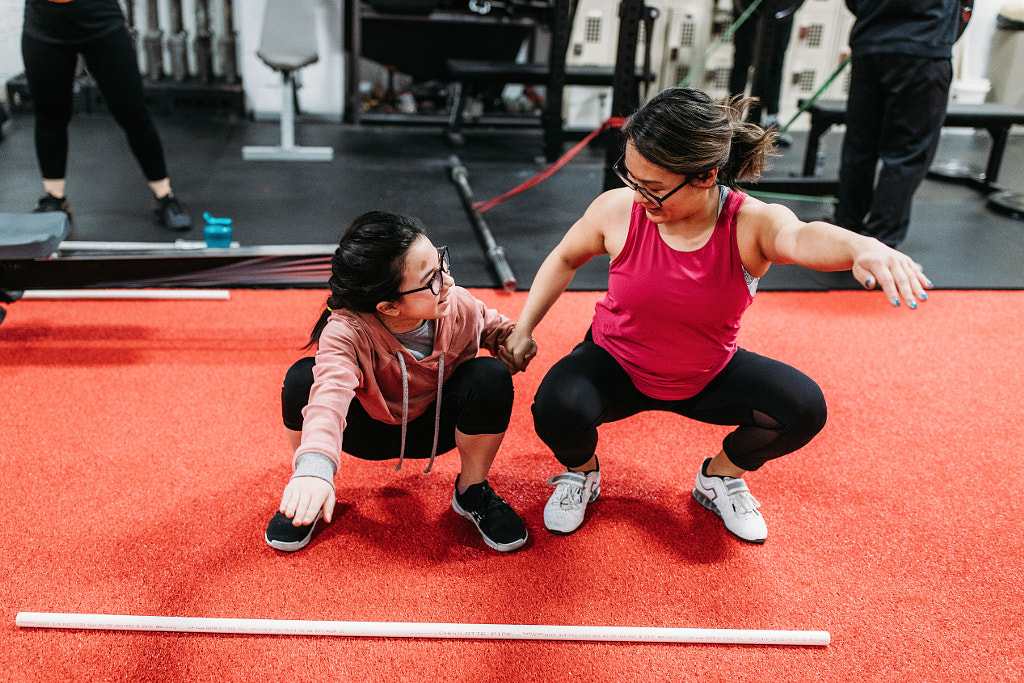

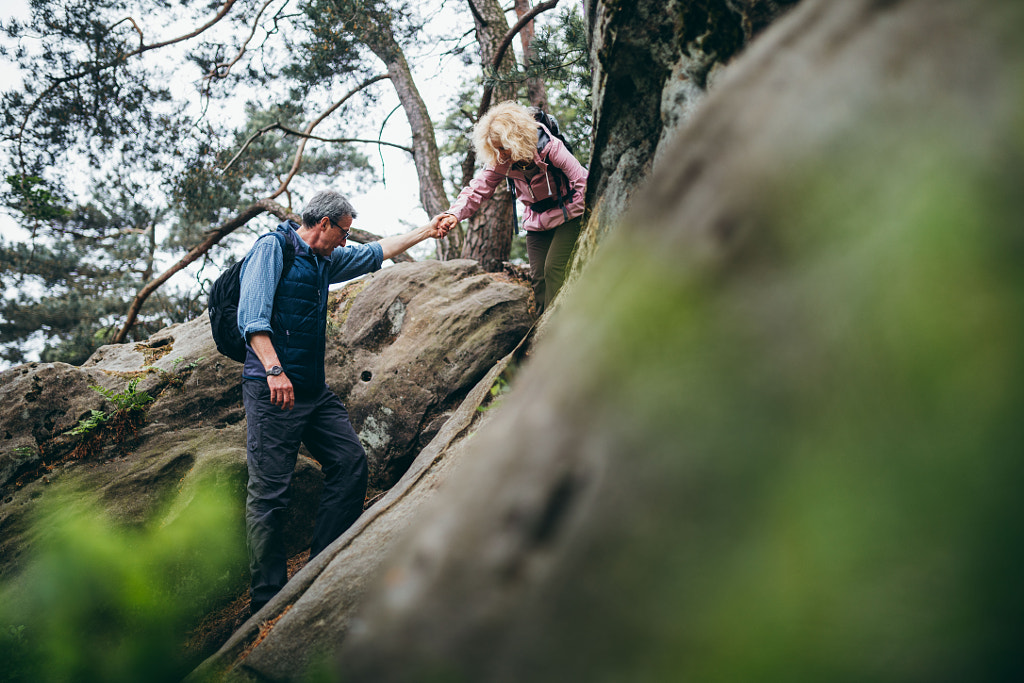
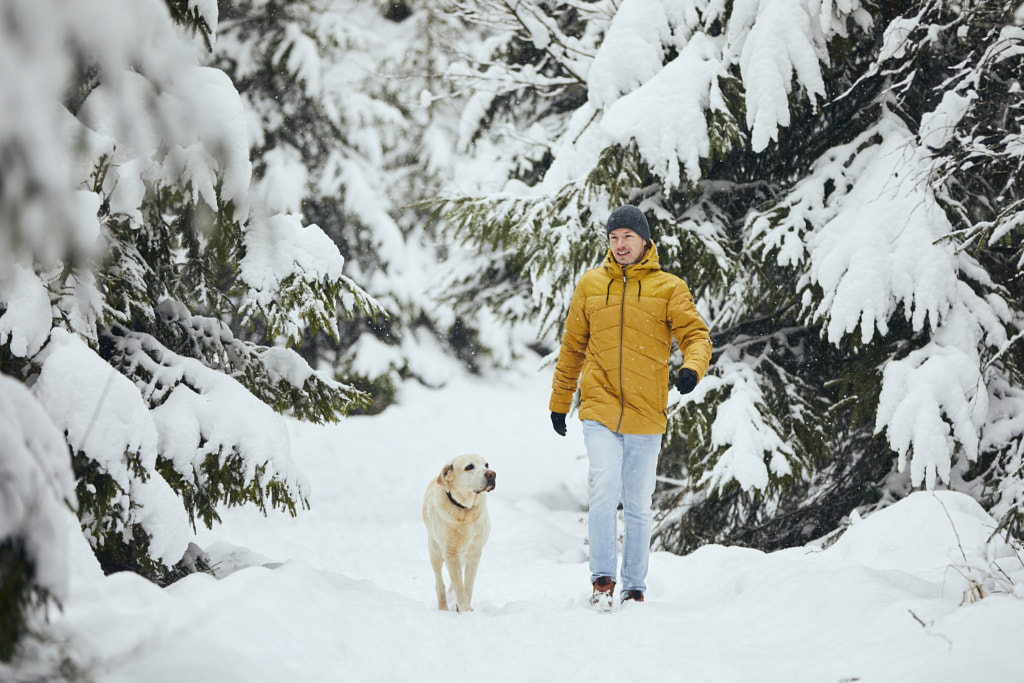

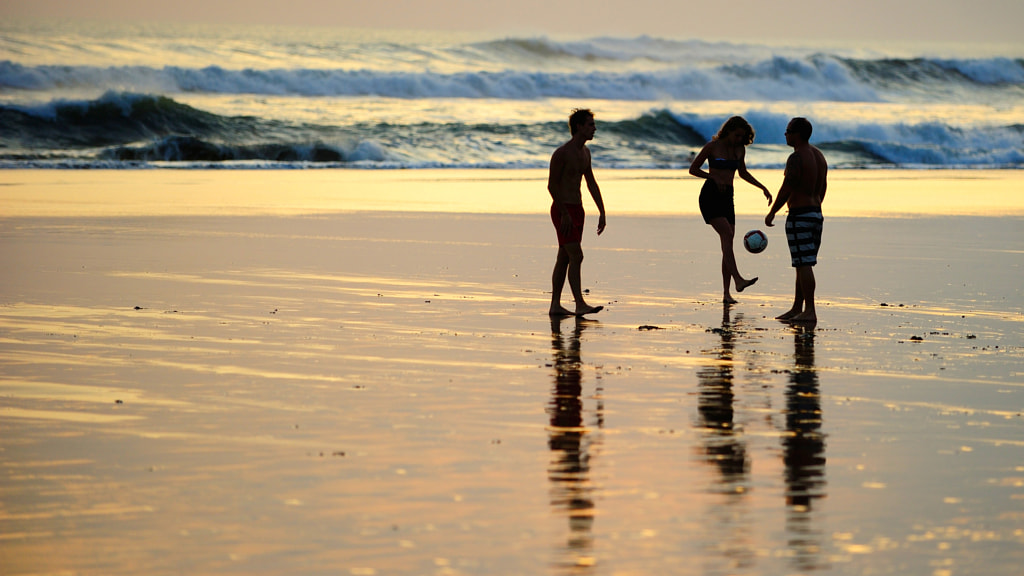
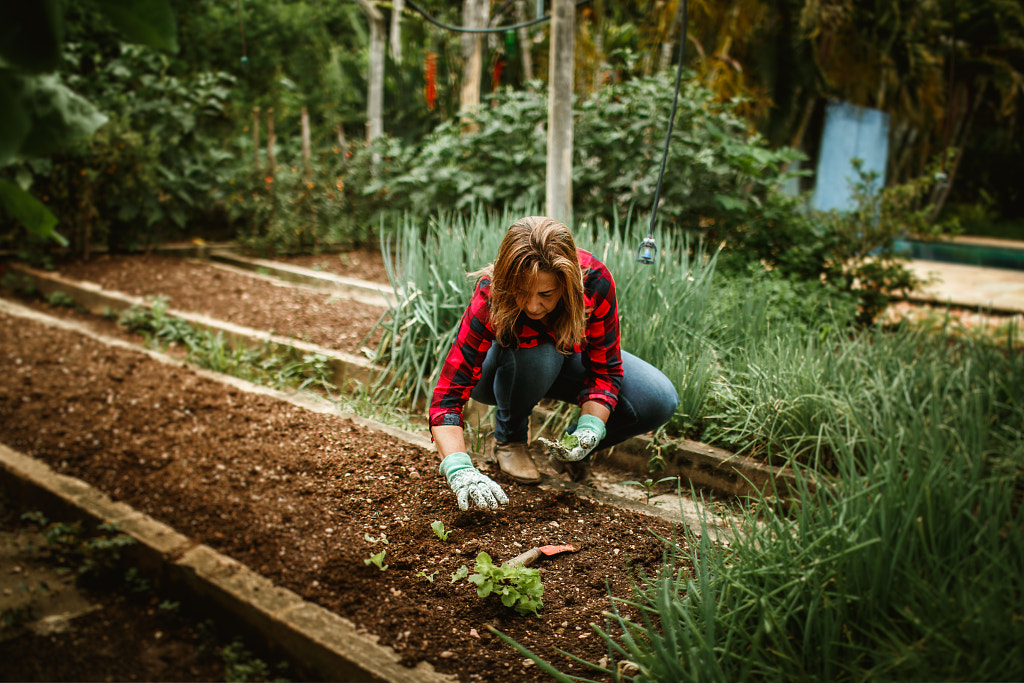
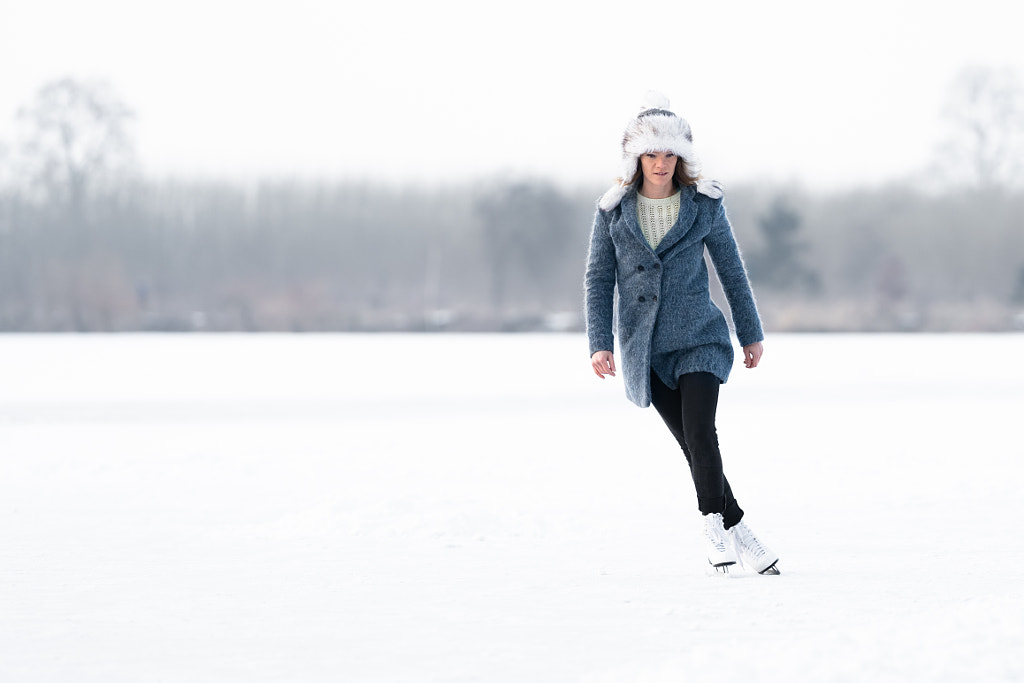
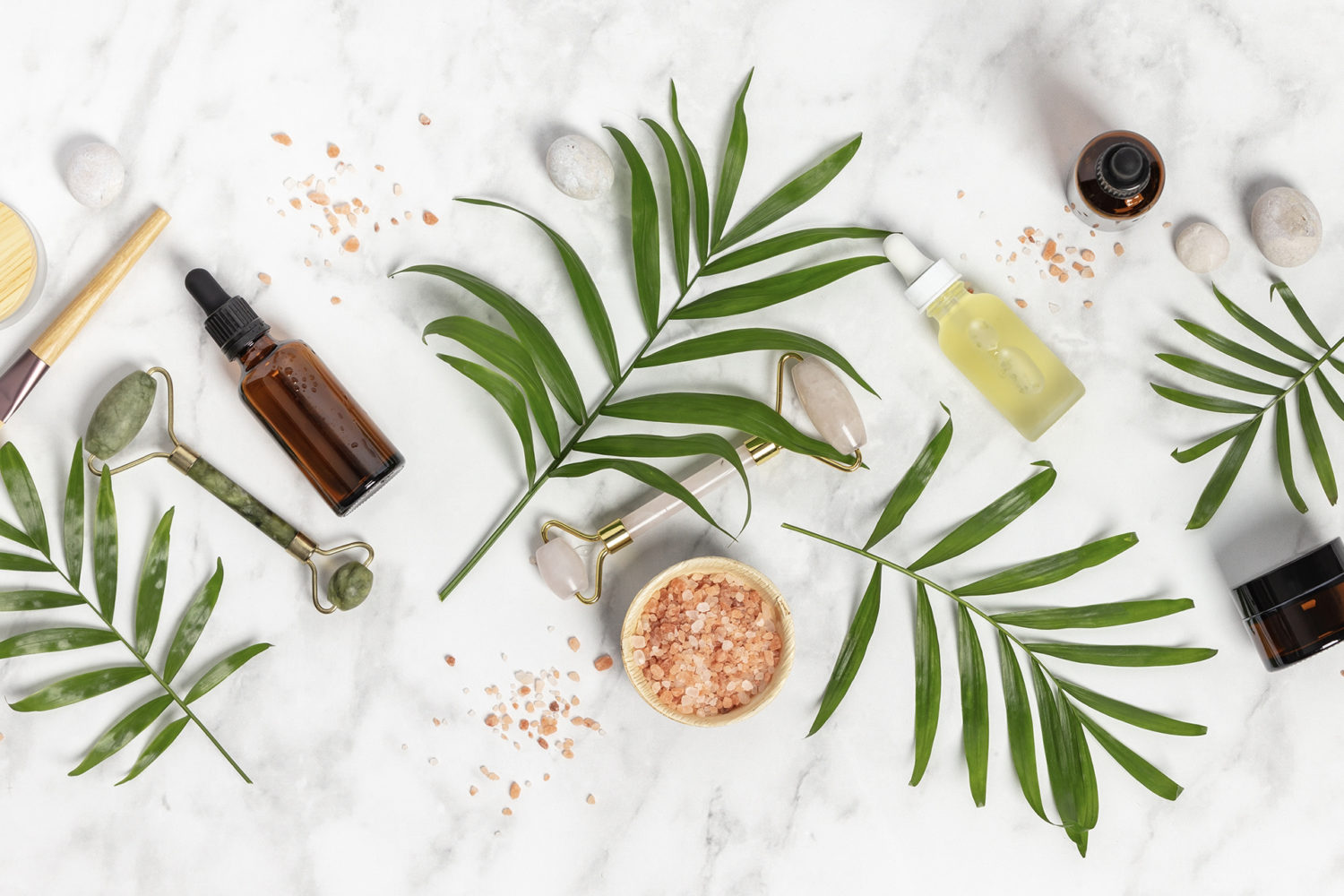
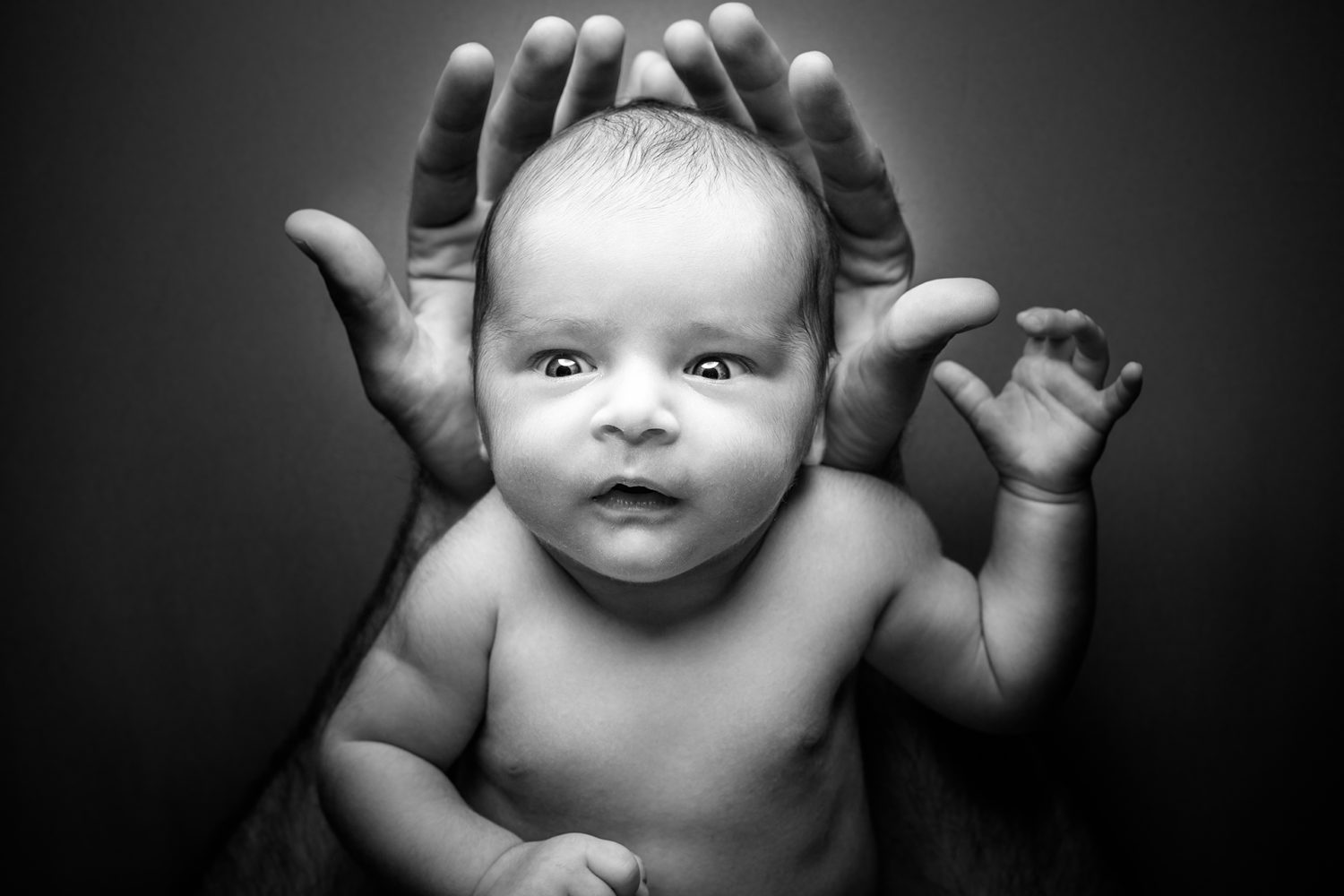

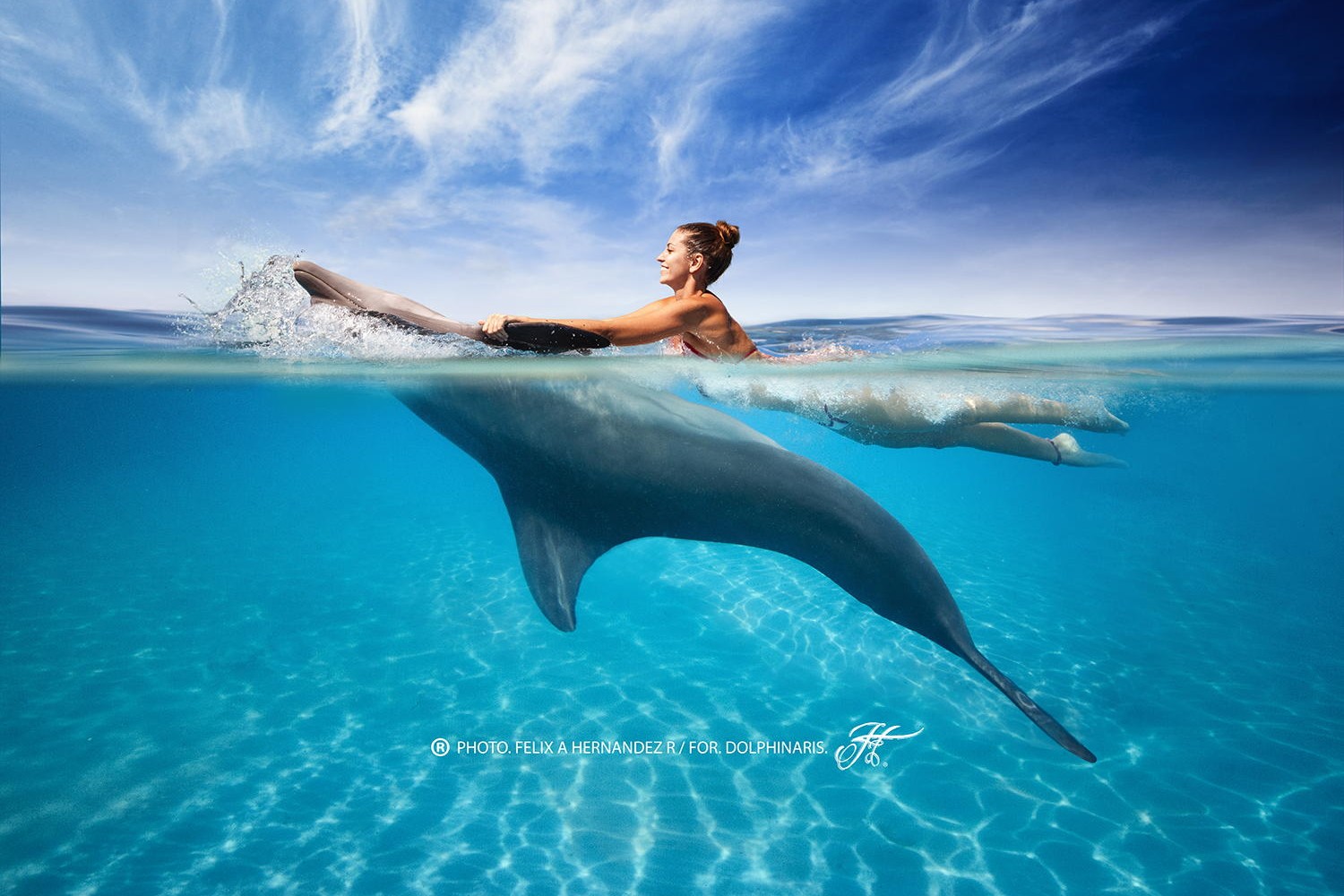
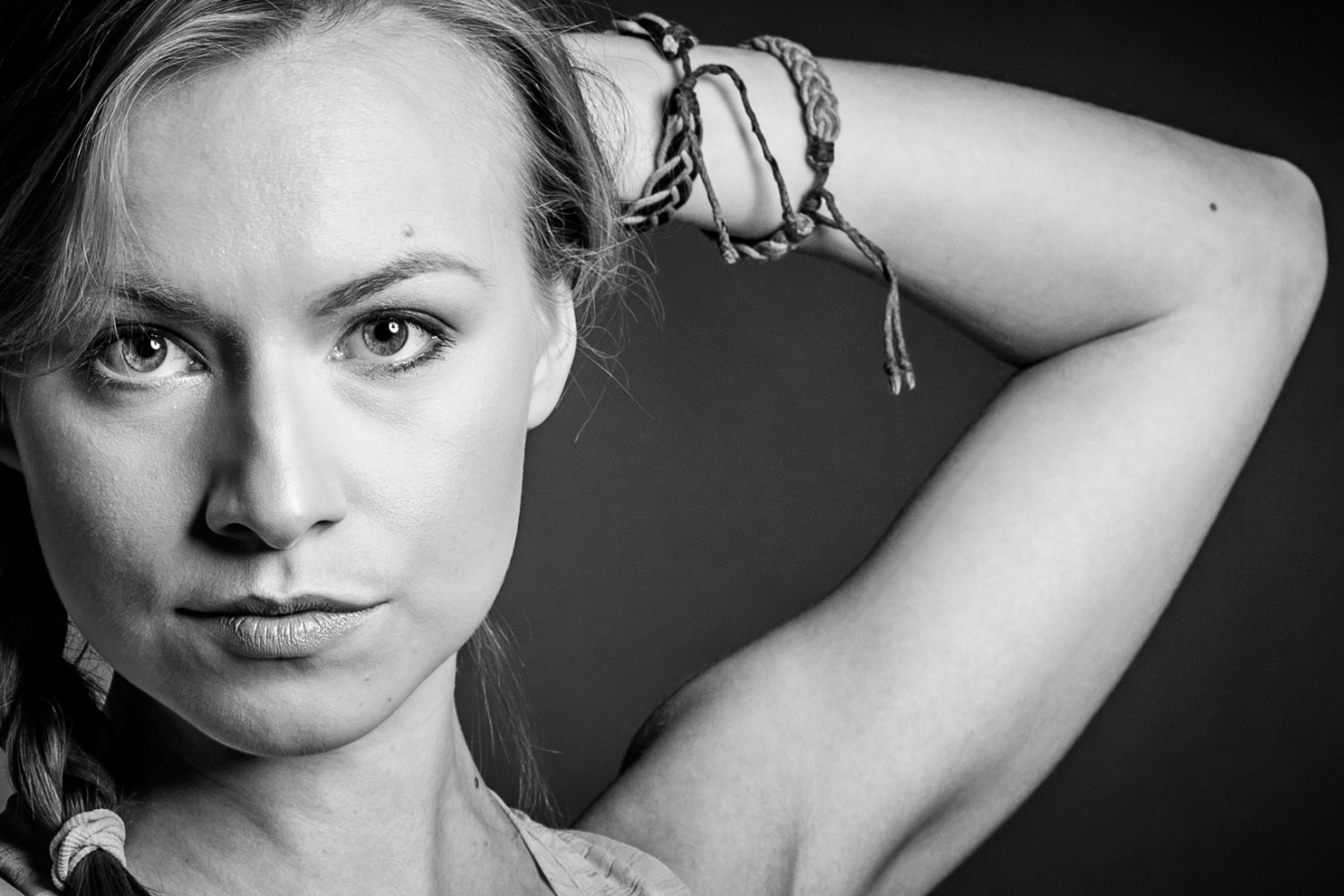
Leave a reply